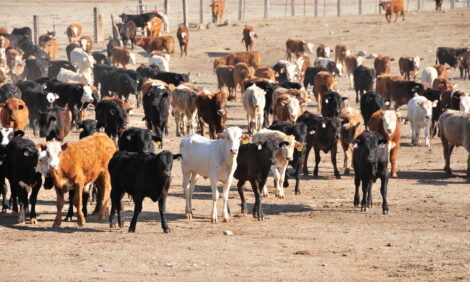



Meat Industry Report Rallies Against Ethanol Subsidies
US - The ethanol industry in the United States is thriving and no longer needs a high level of federal support, according to a new study by agricultural economist Thomas Elam.“If the ethanol industry achieves 100 percent E10 market share in the United States, it would take about 200 million tons of corn annually. This is equal to a 10 percent reduction in the current global grain supply,”
Agricultural economist Thomas Elam.
The findings of the study, commissioned by the American Meat Institute, National Chicken Council and National Turkey Federation, were released during a national press teleconference attended by approximately 20 members of the media.
The influence of the federal support program, which consists of direct support to small ethanol producers and a tax credit of 51 cents per gallon to fuel blenders who add ethanol to gasoline, has shifted from making ethanol feasible to causing significant increases in food costs and distorting farmer planting incentives, according to Elam’s findings.
“If the ethanol industry achieves 100 percent E10 market share in the United States, it would take about 200 million tons of corn annually. This is equal to a 10 percent reduction in the current global grain supply,” Elam notes.
Elam projects that when fully implemented, federal supports will drive up the cost of corn and other grains by $34 billion a year and could eventually cost a family of four about $460 a year in higher food costs.
In addition to driving up prices, Elam’s report finds that federal supports are adding little, if anything to the stated goals of the renewable energy program. His data show that if all gasoline in the country had 10 percent added ethanol — the formulation called “E-10” — that would displace only 2.5 percent of current crude oil imports and 1.5 percent of overall crude oil consumption. Another drawback of ethanol, he notes, is that fossil energy used in the production and distribution of the product consumes about two-thirds of the energy produced.
Further Reading
|
|
- You can view the full report by clicking here. |
TheCattleSite News Desk


